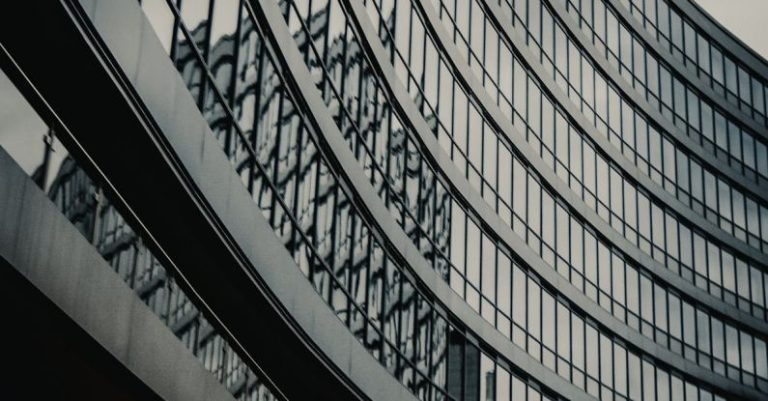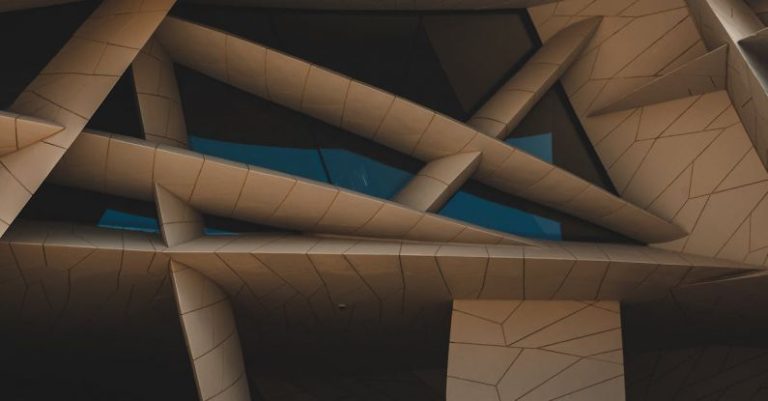Revolutionizing Rooftop Gardens with Lightweight Composites
Rooftop gardens have become increasingly popular in urban areas, offering a green oasis in the midst of concrete jungles. However, the weight of traditional gardening materials can pose challenges for rooftop structures. This is where lightweight composites come into play, revolutionizing the way rooftop gardens are designed and constructed.
Enhancing Structural Integrity
One of the key advantages of using lightweight composites in rooftop gardens is their ability to enhance structural integrity without adding significant weight. Traditional materials such as concrete and heavy planters can exert excessive pressure on the building’s structure, potentially leading to structural issues over time. Lightweight composites, on the other hand, provide a durable and sturdy alternative that minimizes the load on the rooftop while maintaining strength and stability.
Design Flexibility and Versatility
Lightweight composites offer unparalleled design flexibility and versatility for rooftop garden projects. These materials can be molded into various shapes and sizes, allowing for creative and innovative garden designs that may not be feasible with traditional materials. Whether you envision a sleek and modern rooftop garden or a lush green space with curved pathways and raised planters, lightweight composites can bring your vision to life.
Weather Resistance and Durability
Rooftop gardens are exposed to the elements year-round, making weather resistance a crucial consideration for garden materials. Lightweight composites are inherently resistant to moisture, UV rays, and temperature fluctuations, making them an ideal choice for rooftop gardens. These materials are also durable and long-lasting, requiring minimal maintenance compared to traditional materials that may deteriorate over time.
Sustainability and Environmental Benefits
In an era where sustainability is a top priority, lightweight composites offer significant environmental benefits for rooftop garden projects. These materials are often made from recycled or eco-friendly components, reducing the overall carbon footprint of the garden construction process. Additionally, the durability of lightweight composites means that they have a longer lifespan, minimizing the need for frequent replacements and reducing waste.
Cost-Effectiveness and Installation Efficiency
While lightweight composites may have a higher upfront cost compared to traditional materials, their long-term benefits make them a cost-effective choice for rooftop gardens. The durability and low maintenance requirements of these materials translate to savings in the long run, as they do not need to be replaced or repaired frequently. Moreover, the lightweight nature of composites makes them easier to transport and install, reducing labor costs and installation time for rooftop garden projects.
Elevating Rooftop Garden Design
With their unique combination of strength, versatility, and sustainability, lightweight composites are revolutionizing the way rooftop gardens are designed and constructed. Architects and designers now have the freedom to create stunning rooftop landscapes that not only enhance the aesthetic appeal of buildings but also contribute to environmental sustainability.
Innovative Solutions for Urban Spaces
As urban areas continue to grow and green spaces become more limited, rooftop gardens play a crucial role in promoting biodiversity, improving air quality, and enhancing the overall well-being of city dwellers. Lightweight composites offer innovative solutions for creating rooftop gardens that are not only visually striking but also functional and sustainable.
Embracing the Future of Rooftop Gardens
In conclusion, lightweight composites are transforming the landscape of rooftop gardens, offering a perfect blend of design flexibility, durability, and sustainability. By embracing these innovative materials, architects, designers, and building owners can create rooftop gardens that elevate urban spaces, promote environmental stewardship, and provide a green sanctuary in the heart of the city. Revolutionize your rooftop garden today with lightweight composites and experience the endless possibilities they offer.






